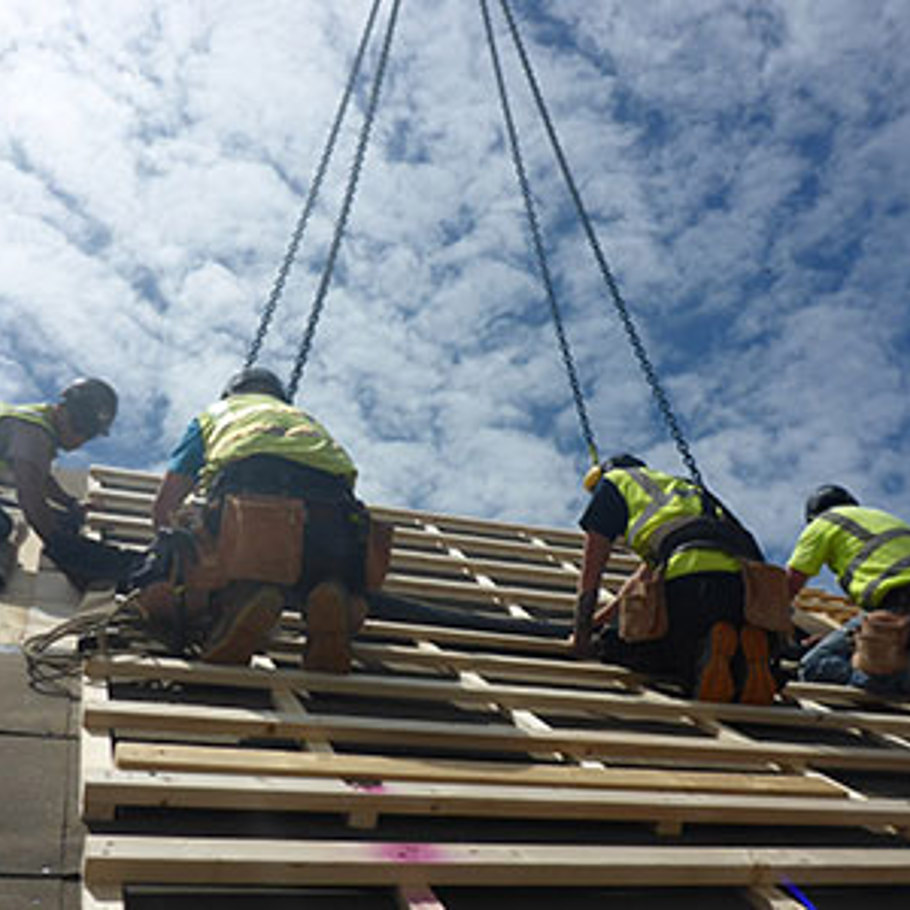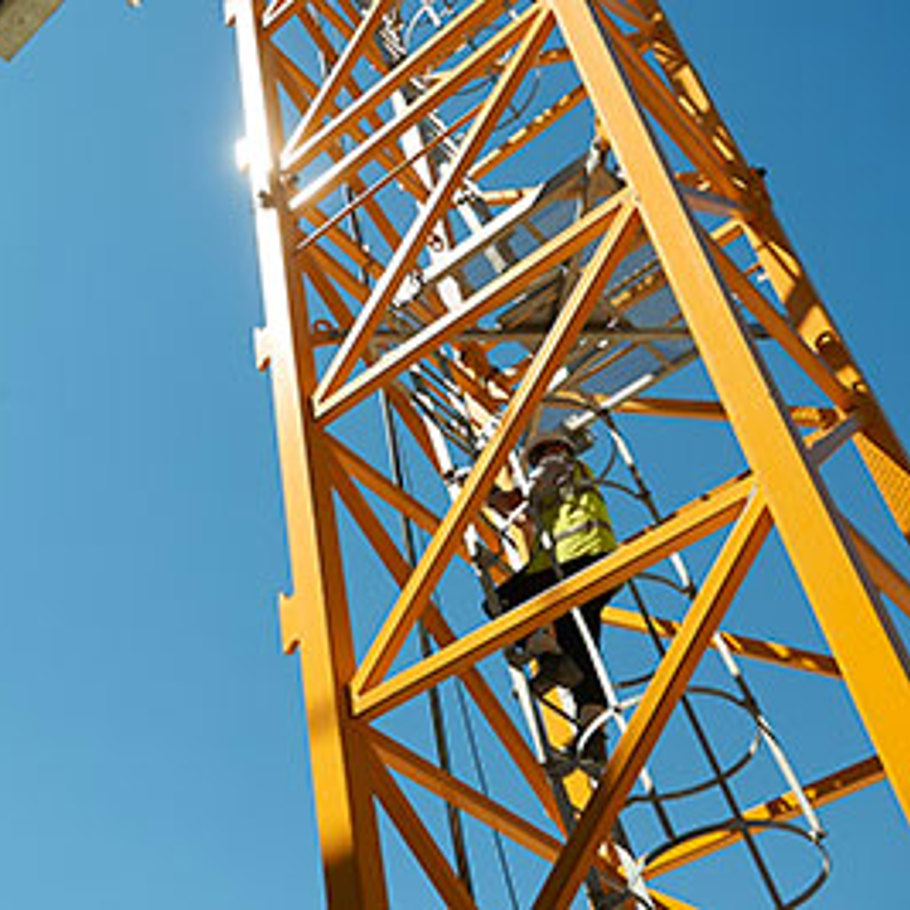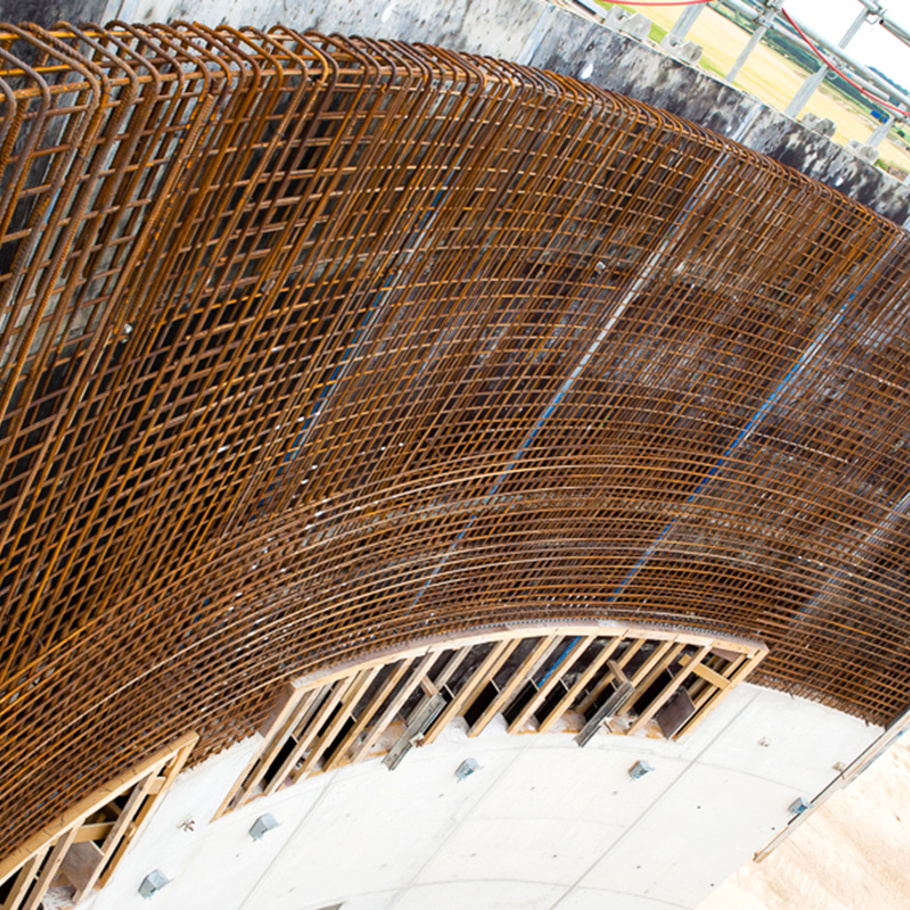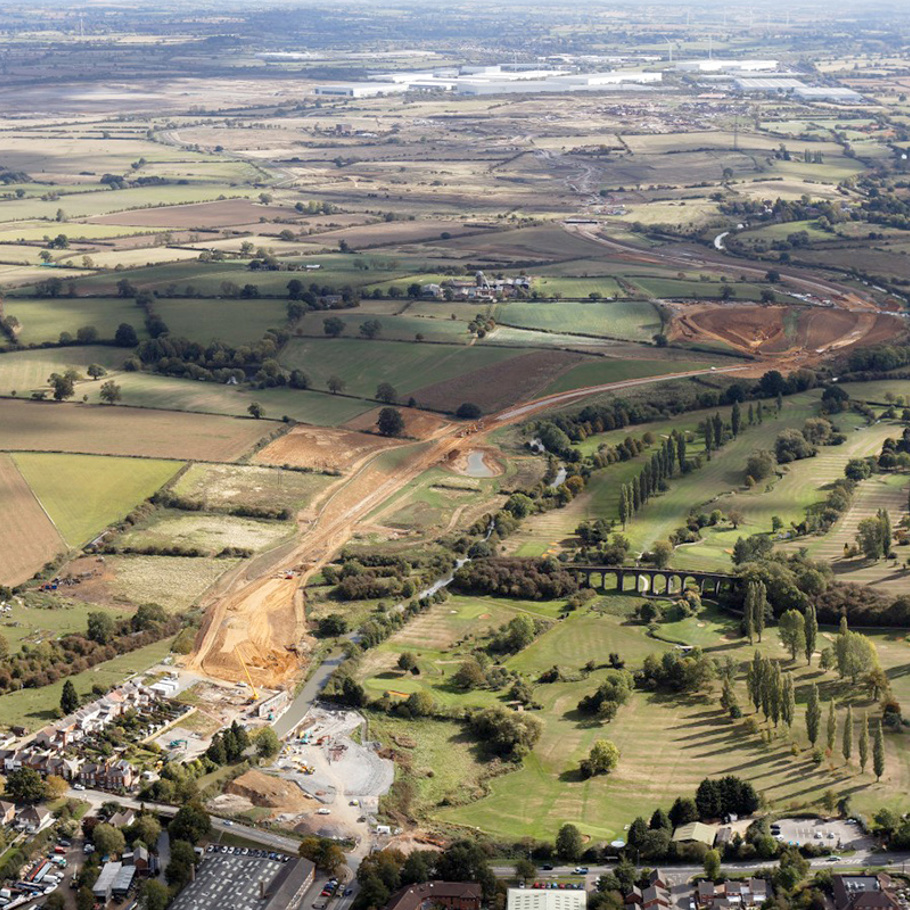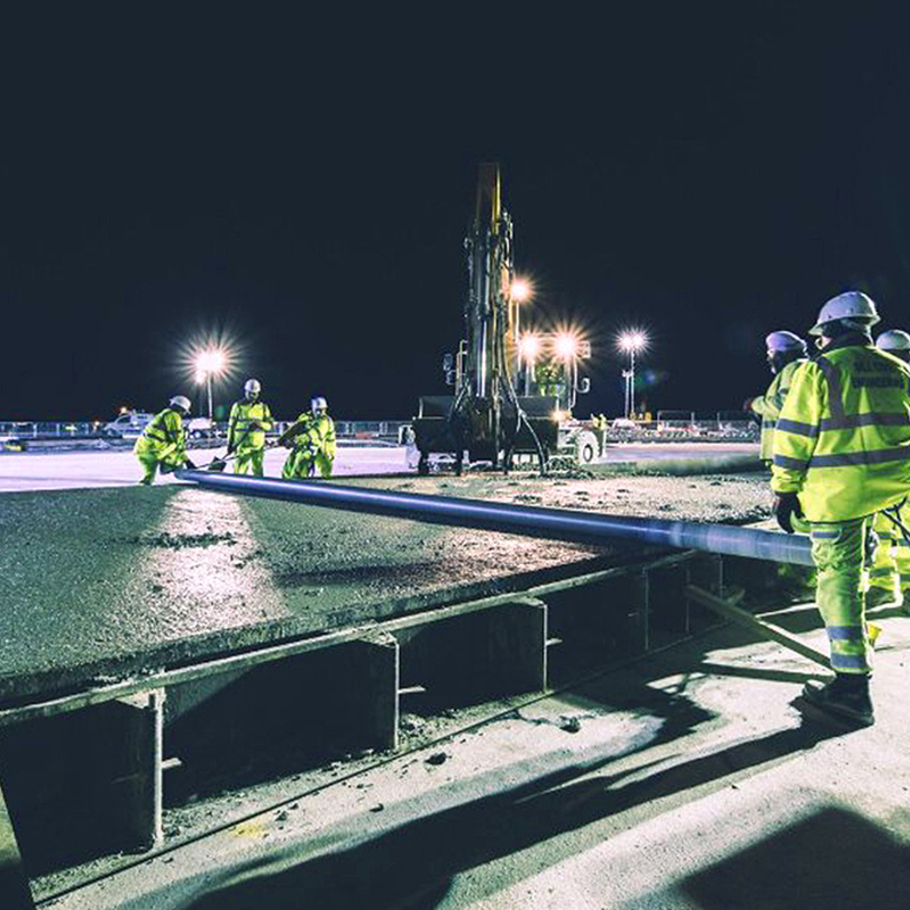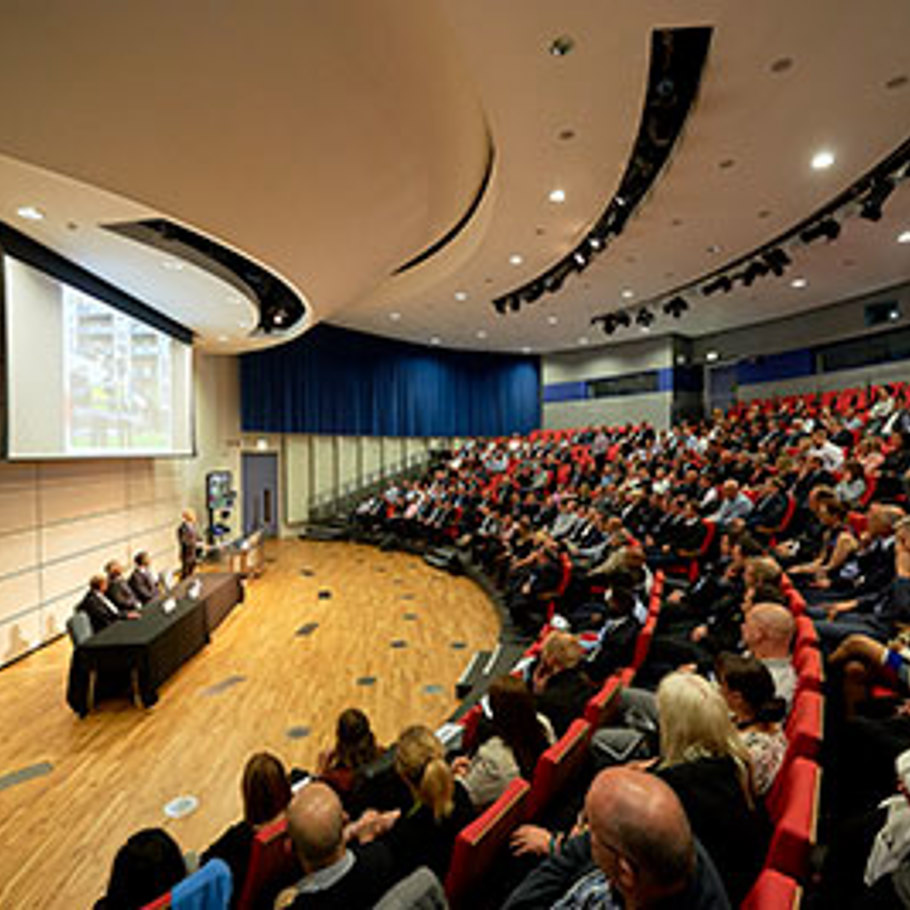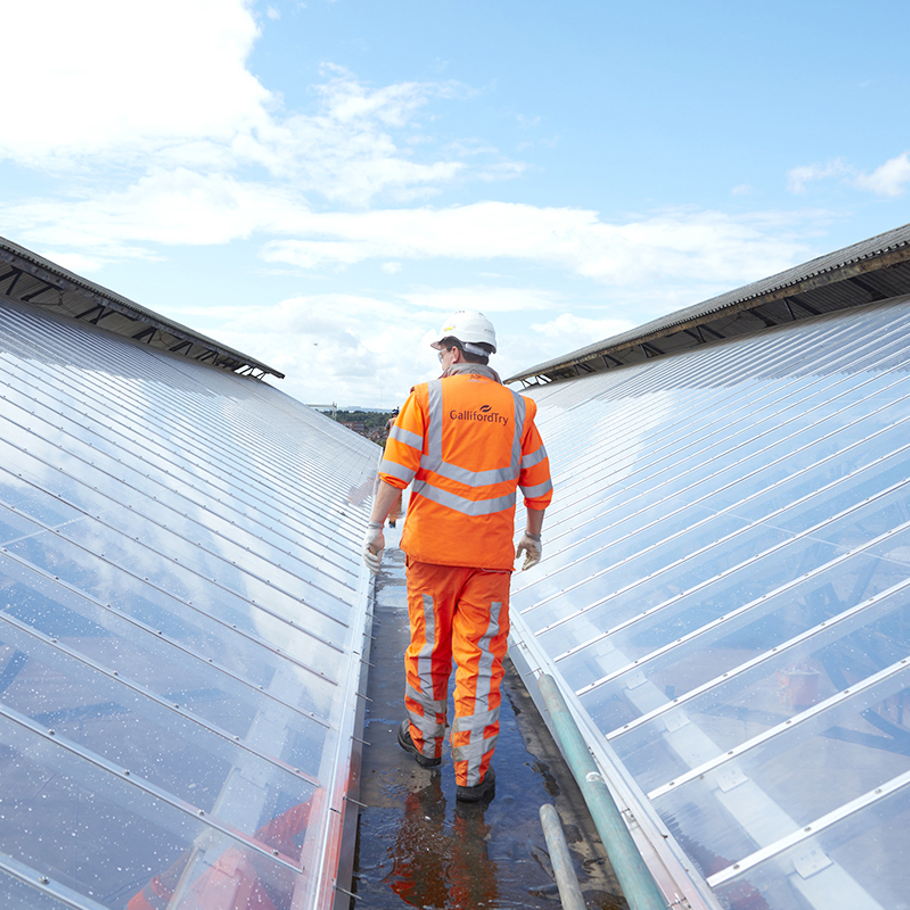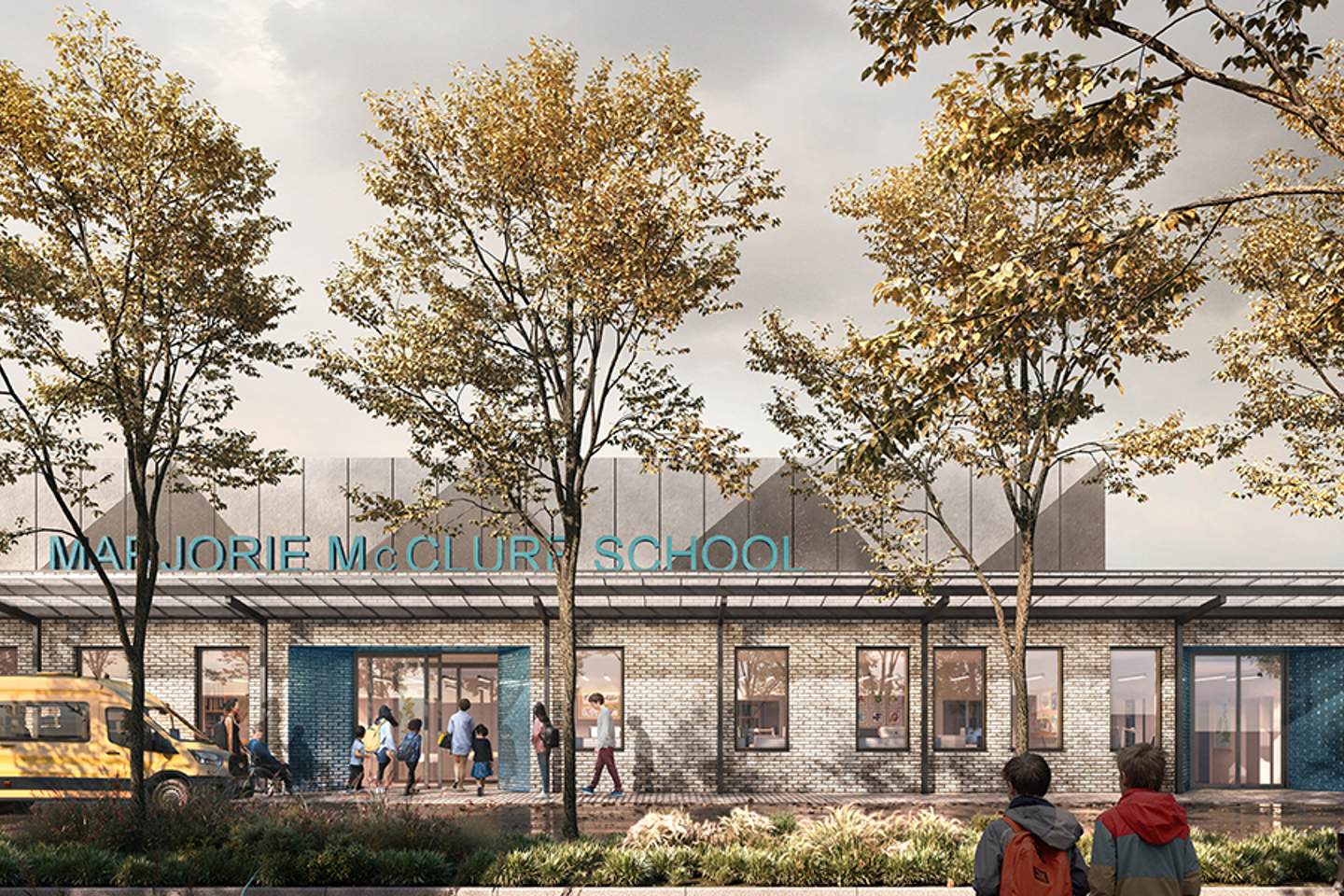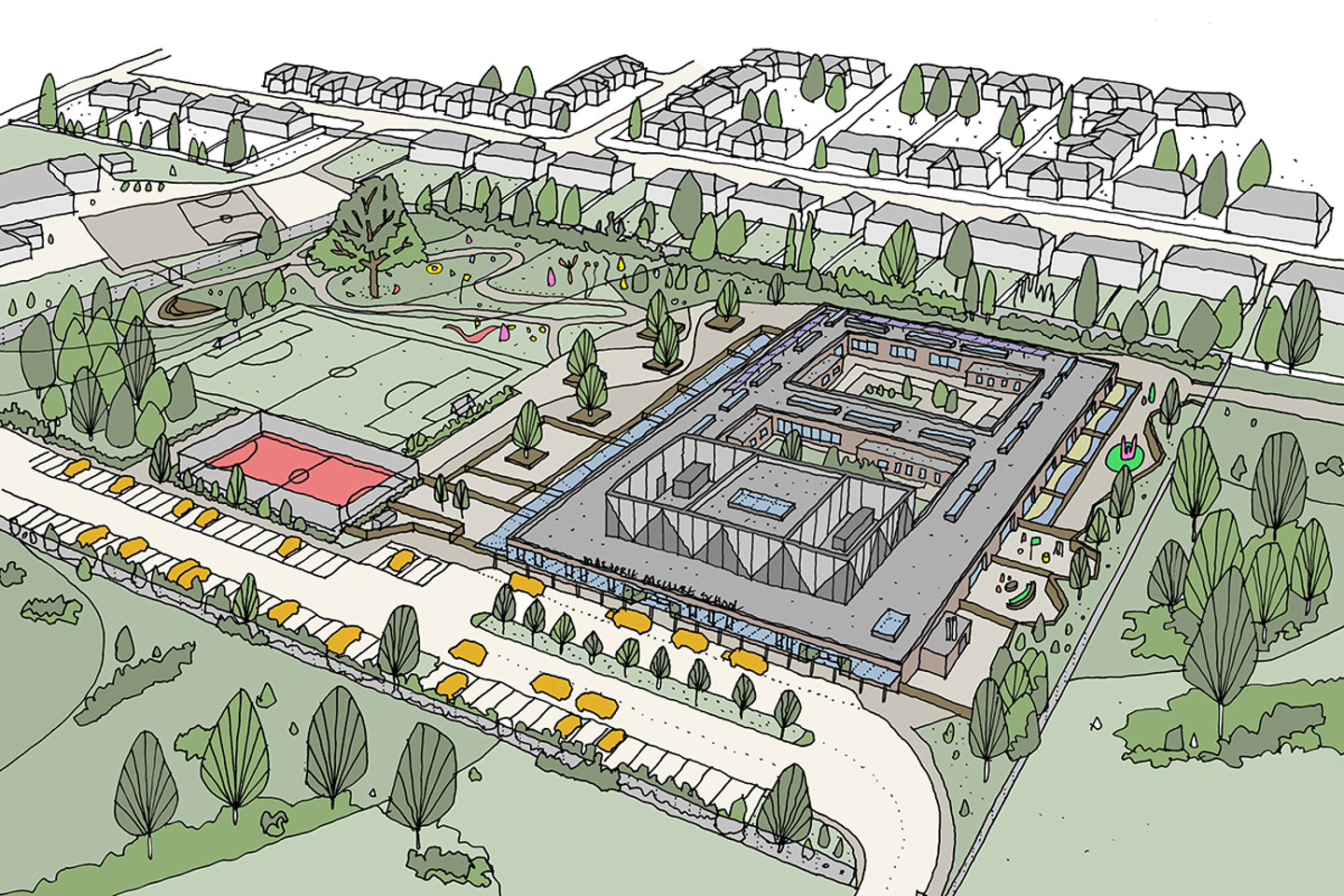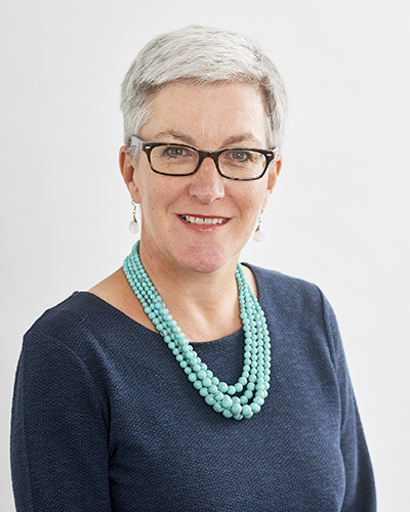
Claire Jackson
Claire Jackson is the Education Director for Galliford Try. She works with our regional teams to ensure that we remain one of the leading contractors in this sector in the UK.
School building is a well-established sector for innovation in construction methods due to the sheer volume of projects that occur each year, and the way educational facilities lend themselves to utilising repeatable concepts and design elements.
This is clearly demonstrated by the drive for greener buildings, where Galliford Try is part of the vanguard, leading the way in low carbon construction as the Department for Education (DfE) and Scottish Futures Trust (SFT), as well as all the other stakeholders involved, seek to achieve environmental targets.
As it stands today, Galliford Try is already constructing Net Zero Carbon in Operation (NZCiO) buildings across the country, learning the lessons required to ensure that increasing innovation can transform the school estate and its environmental performance.
In the North of England, Greenhead College in Huddersfield is leading the way, by adopting a fabric-first approach to improve the envelope of the college thus reducing the energy demand through passive design methods.
The project also improves the urban greening factor across the college site by providing an extensive biodiverse green roof combined with PhotoVoltaic (PV) cells that will generate electricity and create a new habitat. We have also maximised the benefits of the existing vegetation and micro-climate.
Over the border in Scotland, our Morrison Construction business is working on multiple schools including Beatlie Campus, and Faifley Primary Campus in West Dunbartonshire which includes the complete removal of fossils fuels with all electric heating, and has been designed to achieve the Passivhaus standard.
In the South, the Marjorie McClure project, named as one to watch for 2022 by Construction News, is a DfE Sustainability Pilot scheme that adopts the same fabric-first and fossil fuel-free approach seen elsewhere, but proves them in the differing environment of a Special Educational Needs and Disability setting, with bespoke teaching areas designed to meet needs.
This variety of project allows us to refine our offering, assessing how methods of construction adapt to achieving the specified baselines in different environments, with different requirements. We are also planning monitoring to assess ongoing performance and furthering our understanding of how materials perform in a real-world setting.
Ultimately, we understand that the methods that we are developing now are not just a nice to have, or purely to satisfy our client base. The climate crisis is not going away, so the design choices and construction processes we are adopting now will be at least the starting point for how buildings are constructed in the future both in the education sector and beyond.


